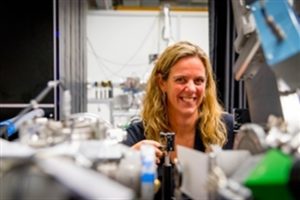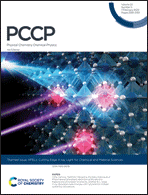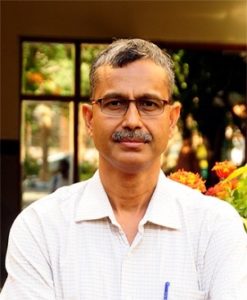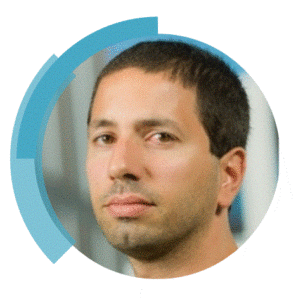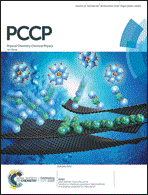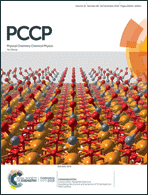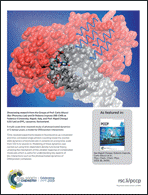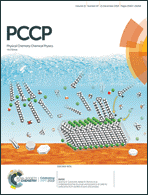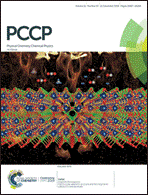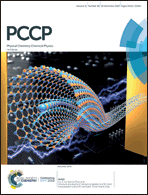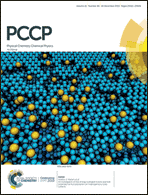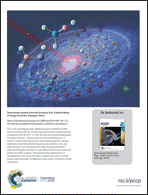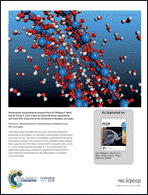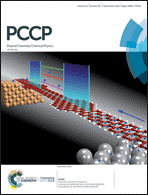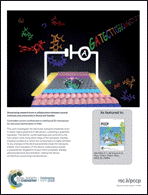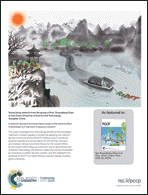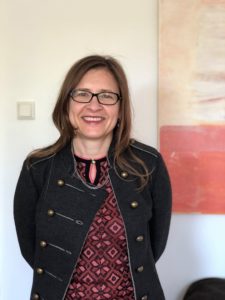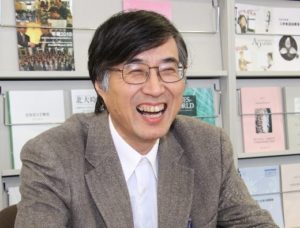We would like to highlight the Outstanding Reviewers for Physical Chemistry Chemical Physics (PCCP) in 2019, as selected by the editorial team, for their significant contribution to the journal. The reviewers have been chosen based on the number, timeliness and quality of the reports completed over the last 12 months.
We would like to say a big thank you to those individuals listed here as well as to all of the reviewers that have supported the journal. Each Outstanding Reviewer will receive a certificate to give recognition for their significant contribution.
Dr Anastasia Bochenkova, Moscow State University, ORCID: 0000-0003-4101-3564
Professor Lin Du, Shandong University, ORCID: 0000-0001-8208-0558
Dr Heike Fliegl, Karlsruher Institut für Technologie, ORCID: 0000-0002-7541-115X
Dr Siddharth Gautam, The Ohio State University, ORCID: 0000-0003-1443-5382
Dr Sorana Ionescu, University of Bucharest, ORCID: 0000-0001-8171-7588
Dr Ivan Ljubic, Rudjer Boskovic Institute, ORCID: 0000-0002-3395-7293
Dr Alessio Petrone, Universita degli Studi di Napoli Federico II Dipartimento di Scienze Chimiche, ORCID: 0000-0003-2232-9934
Dr Dennis Salahub, University of Calgary, ORCID: 0000-0002-9848-3762
Dr Martin Suhm, Georg-August-Universität Gottingen, ORCID: 0000-0001-8841-7705
Dr Minglei Sun, King Abdullah University of Science and Technology, ORCID: 0000-0001-5105-0065
Dr Kohei Tada, National Institute of Advanced Industrial Science and Technology, ORCID: 0000-0003-1150-8611
Dr Keisuke Takahashi, Hokkaido University, ORCID: 0000-0002-9328-1694
Professor C. Torres-Torres, Instituto Politécnico Nacional, ORCID: 0000-0001-9255-2416
Professor Bryan Wong, University of California Riverside, ORCID: 0000-0002-3477-8043
Dr Yang-Xin Yu, Tsinghua University, ORCID 0000-0002-7677-3427
We would also like to thank the PCCP board and the physical chemistry, chemical physics and biophysical chemistry community for their continued support of the journal, as authors, reviewers and readers.
If you would like to become a reviewer for our journal, just email us with details of your research interests and an up-to-date CV or résumé. You can find more details in our author and reviewer resource centre











